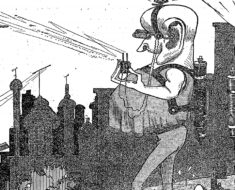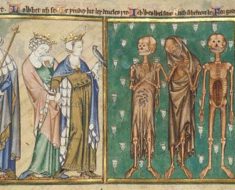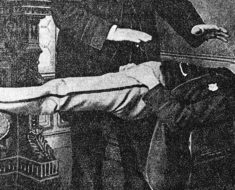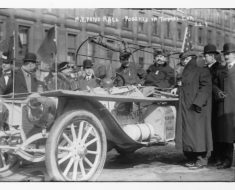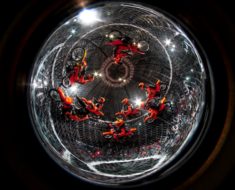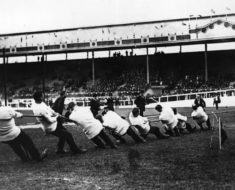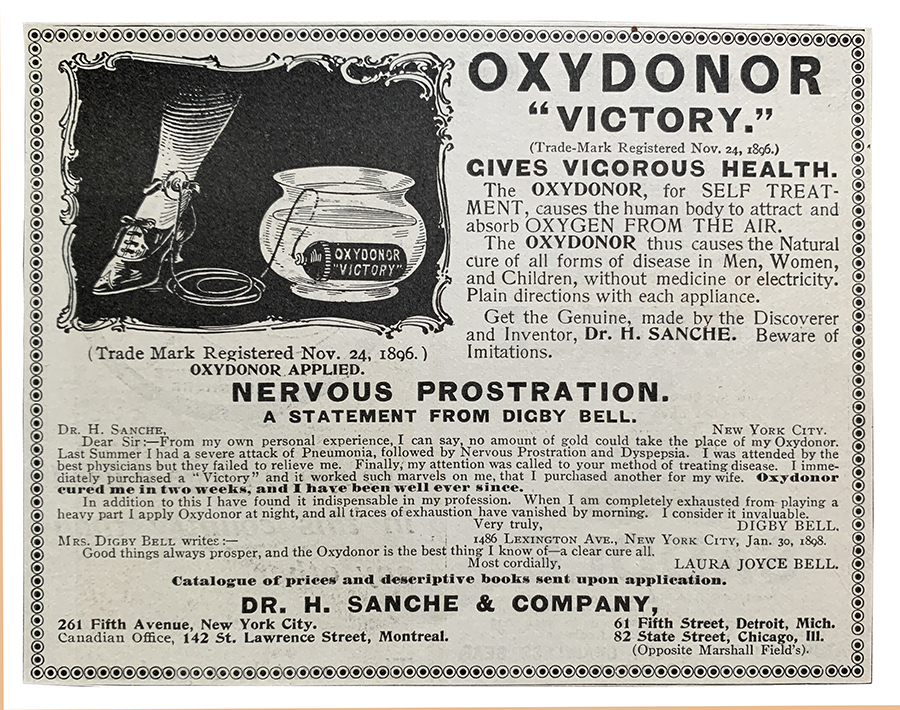
As long as people have needed medical treatments, there’ve been quacks ready to make a buck. In 1892, Dr. Hercules Sanche developed the latest and greatest miracle cure of most every disease and ailment known to man and woman.
He called this remarkable device the Electropoise—which sounded like it used that exciting new stuff called electricity, but it did not. The three-and-a-half-inch metal cylinder was closed at both ends, but from one side extended a cord. This led to a small disc that could be fastened to an ankle or wrist. Inside this incredible cylinder was, well, nothing. Empty, unlike the hopes of everyone who forked over $10 to feel better.
Sanche soon changed the name to the Oxydonor, as in the giver of oxygen. And now the device actually had something inside: a stick of carbon. Users were directed to place the metal cylinder in a bowl of cold water, attach the disc, and relax. The oxygen would do the rest. This new and improved gizmo also came with a price hike, skyrocketing to $35. That’s more than $1,000 today.
The Oxydonor promised mental and physical strength to everyone from the “tired, worn out mother and the overworked and sleepless business man” to ministers, teachers, lawyers, doctors and anyone else who toils at work. It did, however, note that if you were near death from “organic disease,” the Oxydonor couldn’t help.
But, if death wasn’t yet knocking on your door as you battled ailments like rheumatism, bowel troubles, indigestion, sleeplessness, typhoid, asthma, hay fever, pneumonia, colds, blood diseases, “female complaints” or “private diseases,” then Oxydonor was just the miracle you were looking for.

How did it work? Sanche claimed his invention caused “the whole organism to absorb oxygen from the air through the pores by the attraction if begets in the body, imparting the strongest affinity for oxygen in the blood.” He coined this curative method “diaduction,” and stated it was “the most powerful healing force of Nature.”
Testimonials attempted to back up his wondrous claims. Mrs. Ida Anderson, for example, wrote in August 1901, “I began using the Oxydonor I bought off you July 1, and in three weeks I was entirely cured of dropsy of ten years’ standing. My feet and ankles were terribly swollen, and I was hardly able to be on my feet, and it was with difficulty that I could walk across the house. Since then I have walked two miles at one time. I can gladly recommend it to those who are afflicted.”
With Sanche’s success came many imitators. He vigorously warned customers to stay clear of them, reminding them that only the Oxydonor truly worked. In some instances, he even took legal action. In June 1904, Judge Smith McPherson dismissed a case involving Sanche against Dr. G. Walter Filloon for creating his own version of an oxygen-giving gadget. McPherson said both were seeking money from gullible people and therefore he had no grounds for action since neither product, as an article from the Des Moines Register stated, have merit “as medicinal properties, and are therefore incapable of being infringed upon.”
The article added: “The court says further that he cannot see how a wire hitched to a person’s ankle with the other end hanging out of the window in a pail of water can have any possible effect on the health of the average person.”
Eventually, the Post Office took Sanche down over mail fraud charges. Postal officials worked with the Bureau of Standards to prove the Oxydonor was bogus. In its report, it claimed the device was “inert as an empty tomato can with a string tied to.” Sanche’s competitors fell to the same fate.

